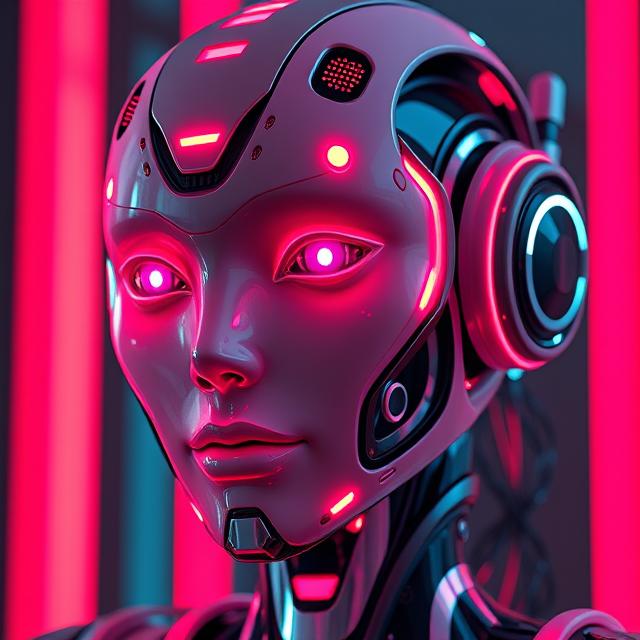In a stunning technological breakthrough, a Chinese robotics company has developed a human-like robot with facial features and expressions so realistic that it’s difficult to distinguish it from an actual human being. This new innovation has caught global attention, pushing the boundaries of artificial intelligence (AI) and robotic engineering to new heights.
A New Era of Human-Like Robotics
Over the past few years, China has emerged as one of the world’s leading nations in robotics and AI development, but this latest creation takes things to an entirely new level. The company has introduced a humanoid robot designed with a highly realistic silicone face, advanced facial muscle movement systems, and an emotionally intelligent AI engine.
Unlike traditional robots that rely on static faces or limited expressions, this human-like robot can smile, blink, raise its eyebrows, and even show emotions such as happiness, sadness, surprise, and curiosity. The face is powered by dozens of precision micro-motors that work in harmony to recreate subtle human facial movements.
The Technology Behind the Lifelike Appearance
The realism of this robot’s face lies in the perfect blend of biomimetic engineering and artificial intelligence. Engineers used medical-grade silicone materials to replicate the softness and elasticity of human skin. Underneath the surface, an intricate system of actuators and sensors allows the robot to detect human presence, analyze facial expressions, and respond naturally.
Its AI-based brain enables it to understand voice commands, maintain conversations, and even adjust its tone and expressions according to the emotions of the person interacting with it. This makes the robot capable of providing empathetic and context-aware communication, a key step toward making machines more emotionally intelligent.
Applications Across Multiple Industries
The company envisions using this human-like robot in several industries, including:
-
Healthcare: Assisting elderly patients, offering companionship, or supporting medical staff with non-clinical tasks.
-
Customer Service: Acting as receptionists or information guides who can communicate naturally with customers.
-
Education: Helping children learn through interactive communication and emotional engagement.
-
Entertainment: Appearing in films, exhibitions, and virtual reality experiences as realistic digital characters.
With its ability to convey emotions and hold conversations, this robot has the potential to revolutionize human-robot interactions and redefine the concept of companionship in the age of AI.
Public Reaction and Ethical Concerns
As expected, the public’s reaction has been mixed. Many people are amazed at how realistic the robot looks, calling it a “technological marvel” and a “glimpse of the future.” Videos and photos of the robot have gone viral on social media, with millions of views within days.
However, some viewers have expressed unease, describing the robot as “too human-like” and raising concerns about ethical implications. Experts warn that as robots become more lifelike, society will have to address issues such as identity, emotional dependency, and the moral limits of creating machines that can mimic human emotions.
China’s Growing Role in AI and Robotics
China has made robotics a national priority, investing billions into AI research and automation technologies. From humanoid robots and AI-powered assistants to industrial automation, Chinese companies are rapidly catching up with or surpassing Western competitors.
This human-like face robot is a clear example of China’s ambition to lead the world in next-generation AI innovation. The development also aligns with the country’s broader goals to integrate robotics into everyday life and industries.
The Future of Human-Like Robots
The unveiling of this robot marks a pivotal moment in the global robotics industry. While humanoid robots are not new, this level of realism and emotional intelligence represents a major step forward. As the technology continues to evolve, we may soon see human-like robots assisting in schools, hospitals, offices, and even households.
However, with these advancements come crucial questions about ethics, privacy, and human identity. How far should we go in creating machines that look, feel, and act like us? The future of robotics may depend not only on innovation but also on how society adapts to this new reality.
Final Thoughts
The Chinese human-like face robot stands as one of the most impressive achievements in modern robotics. It represents the merging of artificial intelligence, human emotion, and engineering design into one breathtaking creation.
As China continues to push technological boundaries, this robot could symbolize a future where humans and machines coexist — not just in the workplace, but as companions, helpers, and emotional partners in everyday life.


Leave a Reply